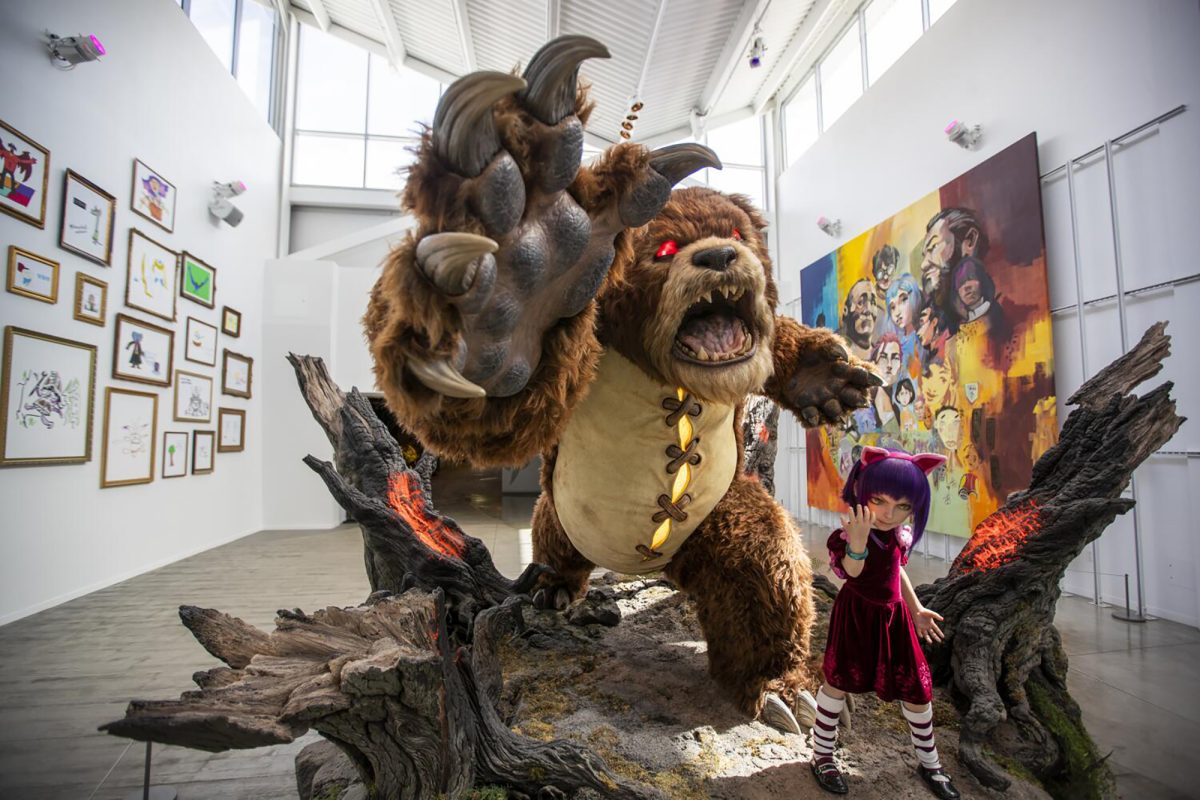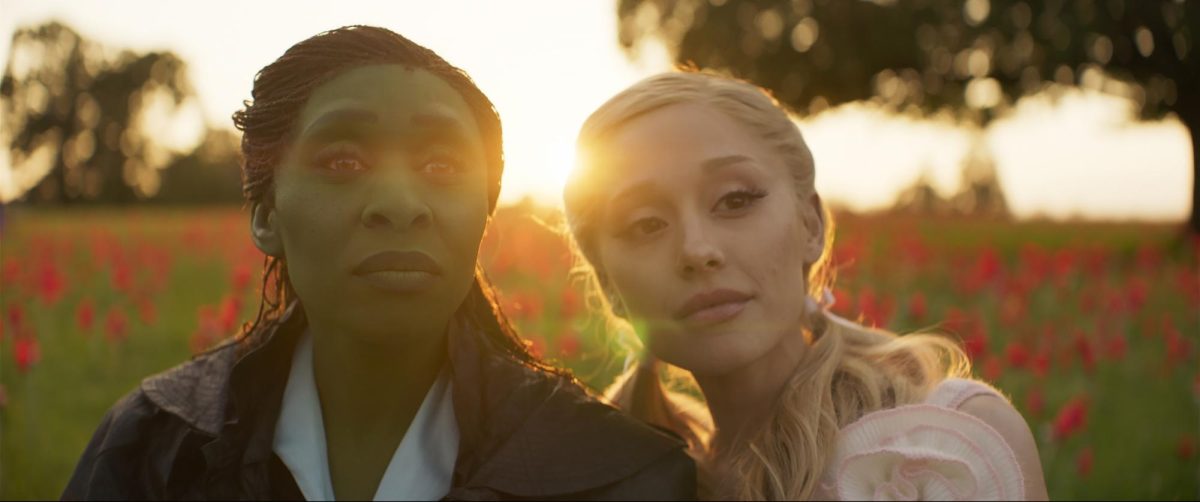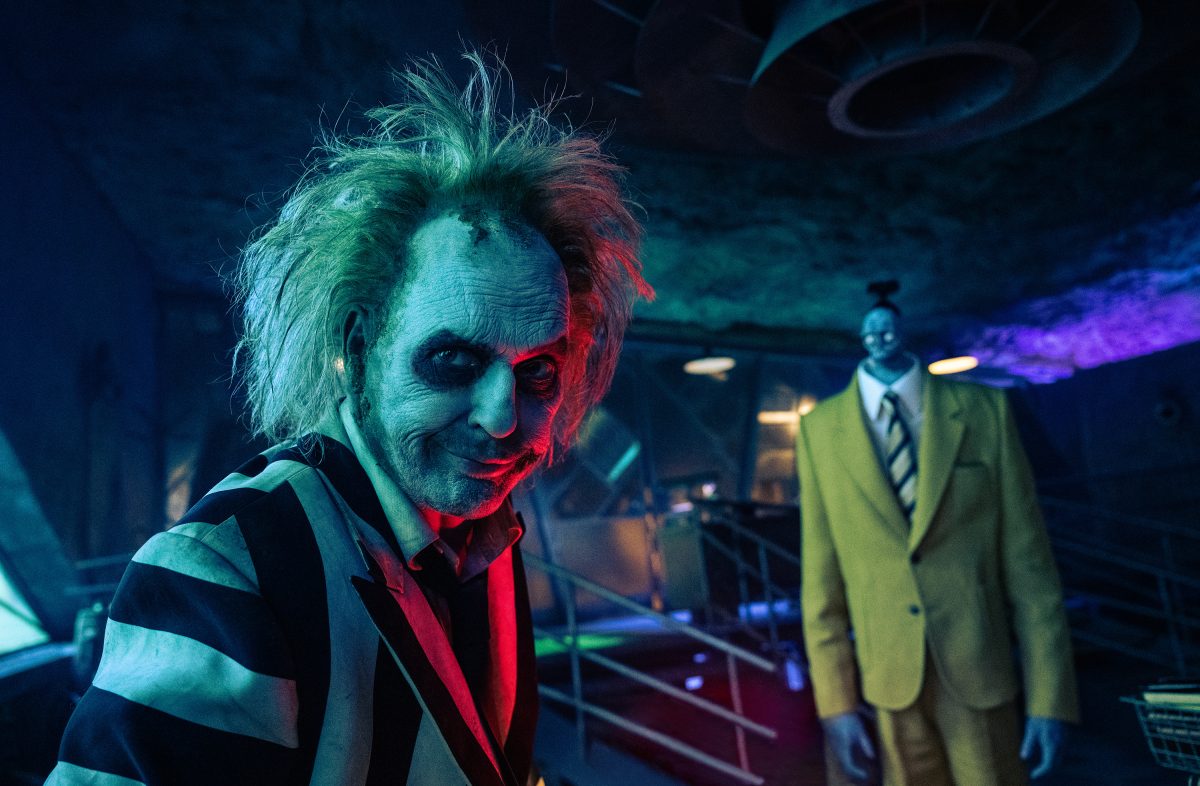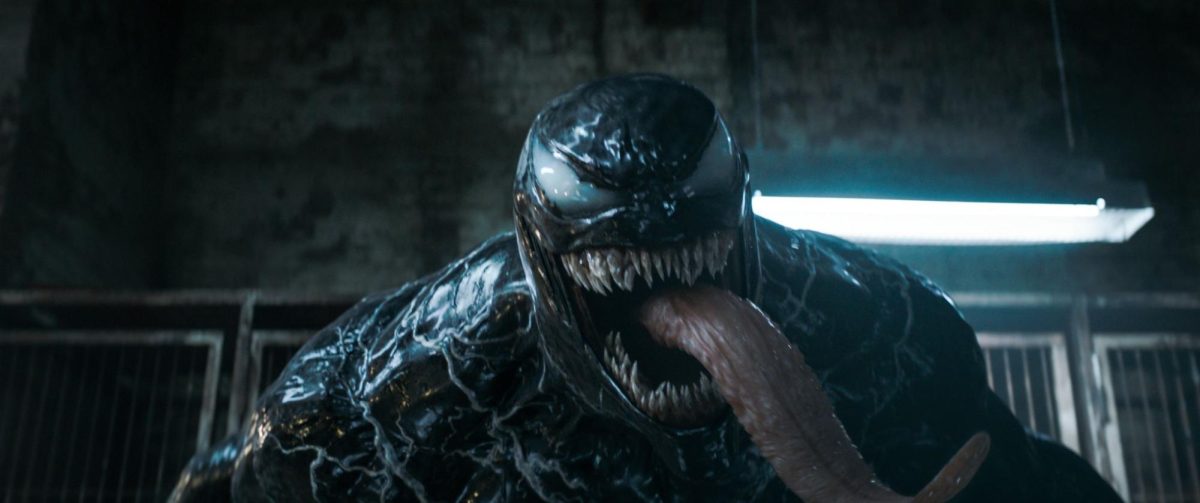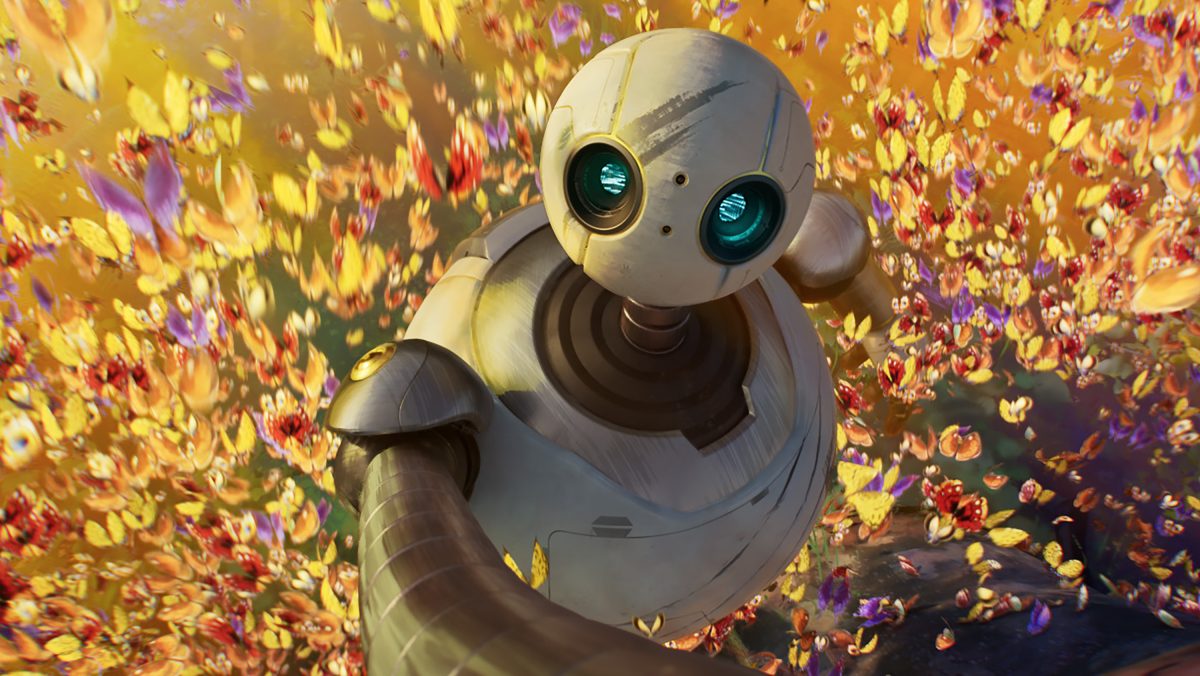Disney’s “Wish” was released in theaters on Nov. 22 as part of a long line of projects to celebrate Disney’s 100th anniversary. Alongside the movie were official merchandise, special events, collaborations with other companies and even their own special on Disney+ to commemorate the special occasion. Disney had promised many things that had set high expectations for the movie, such as a villain that resembles their classic antagonists. However, when trailers and previews of songs started to come out, audiences became skeptical about the quality of the movie, resulting in disappointment once it came out.
“Wish” takes place in the fictional kingdom of Rosas, which is ruled by King Magnifico, voiced by Chris Pine. He has the ability to grant the wishes his subjects give him. The main character, Asha, voiced by Ariana DeBose, is an ambitious and quirky 17-year-old resident of the kingdom. When Asha interviews to become the King’s apprentice, she discovers that he prevents wishes from being granted. In spite of this, she makes a wish for a magic star that can help her remove him from the throne.
When trailers were first revealed for the movie, with the teaser being released on April 27, 2023 and the official trailer later in the year on Sept. 27, audiences immediately noticed the difference in the animation style compared to Disney’s other recent works. Disney wanted to combine 2D and 3D animation, but they unfortunately did not execute it well. While it sometimes appears that they combined both animation styles, the movie was done fully in 3D after the team realized that 2D was too difficult and time-consuming. However, the reason feels more like an excuse, as they were able to combine both forms of animation with the Disney+ special, “Once Upon a Studio,” that came out a month before.
The style of animation consists of 3D character models with less realistic textures, subtle outlines and backgrounds that look like watercolor paintings from a storybook. The animation looks jarring and can be difficult to get used to, as some scenes do not look right. Characters look like stickers slapped onto a drawing or actors in a play with a backdrop against them. While the animation looks decent in darker scenes, as they tend to have more dynamic lighting, it looks flat and unalive in daytime scenes.
Though audiences have gotten to know Disney’s powerful musical ballads, the soundtrack for “Wish” sounds like a bunch of pop songs. The soundtrack was written by singer and songwriter Julia Michaels, who also sings “A Wish Worth Making” on the soundtrack.
The biggest issue with the music is the lyrics, which sound like rhymes forced to fit the beat of a song. One example of this is “I’m a star” followed by “here I am.” Characters also tend to repeat themselves when they are singing, like when Magnifico sings about how he lets his subjects live in his kingdom for free but then afterwards says he does not even charge for rent.
King Magnifico’s villain song is also a disappointment. The placement of the upbeat song in the movie does not make sense, as he is confirmed to be evil by then, but the song feels that it has just started revealing this to the audience. His lyrics are also more ridiculous than narcissistic, such as “peep the name.”
While some people can put aside the music and animation to enjoy the film, the storyline is not sufficient to make the movie good. Movies are supposed to take the audience from beginning to end; however, the beginning of “Wish” feels rushed, leaving “Wish” feeling like the end of a bigger story.
The introduction, and generally the entire movie, makes it feel like the audience doesn’t spend enough time with the characters to grow attached to them. It would have been nice to let viewers get to see all of the characters’ relationships and also have a slow, well-put-together build-up to the reveal of Magnifico as the villain. This not only can develop Magnifico as a complex villain but also allows for time to provide nuance to Asha’s friends and family.
In relation to a lack of expansion on certain aspects of the movie, “Wish” has a major issue with telling instead of showing. The movie tells the audience that the Queen wants Asha to succeed, but we never see them meet before this is mentioned, so it feels like they are meeting each other for the first time.
The story moves quickly through the scenes and ends up lacking character development for any of the supporting characters. The audience is instead left with a basic adjective to describe them, such as the “loyal” queen, the sassy short guy and the sneezy guy in yellow. There is nothing else that makes them nuanced or memorable. Even King Magnifico lacks character development. They created a backstory to justify his actions as a villain, but did not expand on it.
Disney promised a villain that resembled ones in their 2D animated movies rather than the twist villains in their more recent works, who reveal their true intentions at the very end while pretending to be on the side of good. Yet, the movie still portrays a twisty villain; he just has more time to be evil.
Important details are given but never expanded on or utilized, resulting in a boring story that had so much potential.
While all these aspects are lacking, one thing is for sure: Disney put a lot of effort into all the references to classic Disney works in the movie. Asha’s friends are direct representations of the seven dwarves, the poison apple from Snow White, characters that are exact lookalikes of Peter Pan and Wendy and a Mary Poppins reference can all be seen and Asha even resembles the fairy godmother from Cinderella at one point.
All these references feel like Disney cared more about people remembering the old movies than trying to make “Wish” a new addition to their catalog. Characters feel like replacements for a weird crossover rather than existing independently in their own stories.
Disney’s “Wish” is a disappointment, especially when it is supposed to be the face of their 100-year anniversary. “Wish” leaves audiences wishing for any other Disney movie with how lackluster its execution was and ends the year on a sour note for the company.

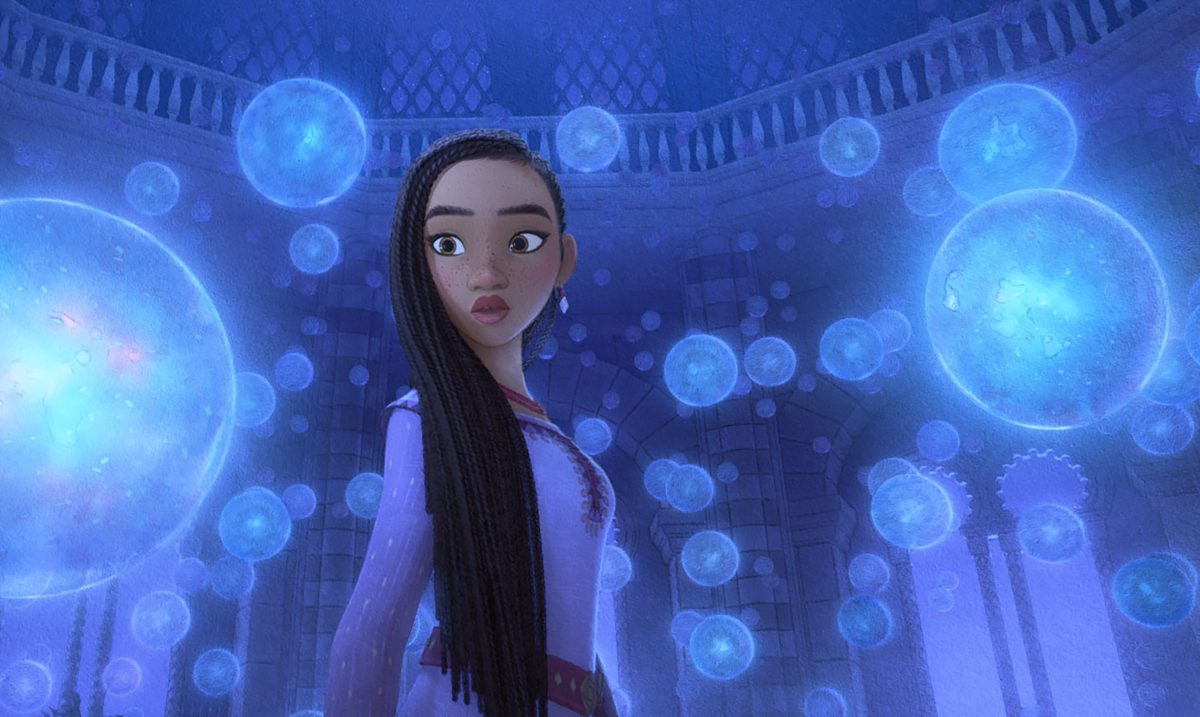







![[Review] ‘The Inheritance Games’ series warms readers’ hearts](https://eagleeye.news/wp-content/uploads/2025/01/Screen-Shot-2025-01-08-at-8.37.08-AM.png)



